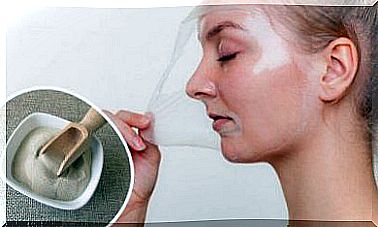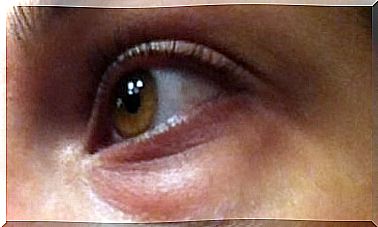Can Yoga Really Help With Osteoarthritis?
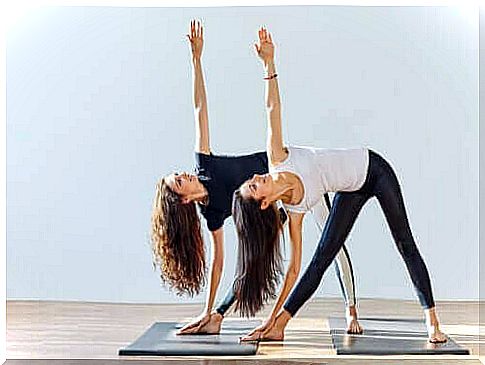
Yoga is an ancient practice that comes from India and is considered a lifestyle, rather than a sport or physical activity. The proven benefits of yoga are many and varied, from maintaining a proper posture to helping us cope with daily stress and various illnesses, and can help with osteoarthritis.
In the article below, we will look at the symptoms of this disease, as well as some simple routines you can do at home.
What is osteoarthritis?
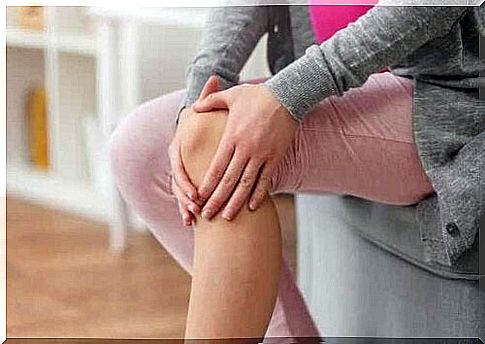
Osteoarthritis is a chronic disease that most often occurs in people over 60 years, but it can occur in people of all ages, mainly adults.
This disease affects the musculoskeletal system and especially compromises joint health. The most common symptoms of osteoarthritis are:
- Pain when making movements
- Tenderness in the area
- Swelling and stiffness
- Loss of flexibility
- Synovitt
- Deformity
- Inflammation
- Osteophytes
There are several risk factors that experts associate with osteoarthritis, such as age, gender (women are more vulnerable), obesity, injuries, stress or overexertion (in sports and work activities), as well as genetic factors, and some metabolic diseases, for example, hemochromatosis.
Osteoarthritis is a disease that develops slowly and gradually and affects the quality of life of those who suffer from it. To date, there is no cure.
There are a number of treatments that help with osteoarthritis. They mainly target the symptoms and consist of the following:
- Surgical procedures (joint replacement surgery)
- Medications (painkillers and non-steroidal anti-inflammatory drugs, cortisone injections)
- Physiotherapy and rehabilitation
Also, some habits help against osteoarthritis, which helps in treating and managing symptoms, as well as ultimately preventing progression.
Can yoga help with osteoarthritis?
Practicing yoga is one of the activities that can help improve the symptoms of osteoarthritis. In this regard, the benefits of yoga are linked to several factors, for example:
- Strength and grip
- Flexibility
- Balance
- Stress management
- Feeling of well-being
- Quality of life
Therefore, many recommend yoga as a complementary therapy to conventional treatments for osteoarthritis. But is there any scientific support for this? Let’s see what the research says about it.
Research on yoga in the treatment of osteoarthritis
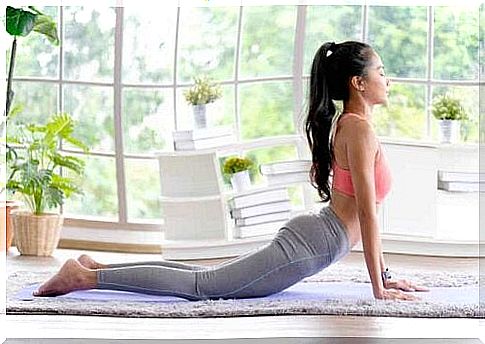
A review from 2019 on the effect of yoga for the treatment of osteoarthritis analyzed studies on the subject. These covered 640 patients aged 50 to 80 years, mainly women, with osteoarthritis of the lower extremities.
The results revealed little evidence of the positive effects of yoga for the treatment of osteoarthritis compared to other exercises. There was also no strong evidence of its impact on quality of life. Nevertheless, researchers consider the use of yoga for arthritis to be advisable.
In this connection, another review conducted a meta-analysis of the integrative effect of yoga practice in patients with knee arthritis. The review focused on aspects such as reduction of pain, functional recovery and the general well-being of patients suffering from this disease in the mentioned section.
A total of 13 clinical trials were reviewed, involving 1,557 patients with knee arthritis and rheumatoid arthritis. The results indicate that group training with yoga is useful for reducing the symptoms of arthritis, promoting physical function and improving general well-being.
In the case of clinical trials, the effect of Integrated Approach Yoga Therapy (IAYT) was investigated in a study involving 66 patients aged 30-75 years, who also suffered from knee arthritis.
The results obtained in the experimental group, which received the IAYT intervention, show that there were significant improvements in left grip strength and knee extension, compared with the control group.
Finally, a study on the effect of Hatha yoga on knee arthritis found that the results after eight weeks of doing the exercises with this modality, showed that pain and other symptoms decreased, in addition to having improved performance of daily activities and quality of life.
Yoga to help with osteoarthritis
There are a number of yoga modalities. However, the Arthritis Foundation has some recommendations, as they consider some types of yoga more appropriate for arthritis patients. These include iyengar, anusara, kripalu and viniyoga.
Also on its own, there are certain yoga routines, exercises and positions that we can perform to relieve the symptoms of osteoarthritis. Among them are the following:
Mountain position to help with osteoarthritis
Mountain position is a very simple exercise. You start with your big toes together and your heels slightly apart. As you breathe deeply, open your chest, placing your hands, palm to palm, level with your heart. Then lift them above your head and stretch your head toward the sky.
Warrior position
Warrior position is a yoga exercise that trains the abdominal muscles, legs and buttocks. It consists of the following: Stand firmly with your feet apart so that there are approximately four feet between the heel on one front and the big toe on the back.
Then turn your leg (to the right if it is to the right, and vice versa) and bend the knee to form an angle of 90 °. Then lift your hands up, palms together, as much as possible. Take a deep breath and change legs.
Tailoring position to help with osteoarthritis
Do this exercise sitting on the floor with your legs outstretched in front of you. Then bend your knees, bring the soles of your feet together and try to bring your heels towards your pelvis.
Let your knees fall to the sides, without forcing them down, that is, without trying to open them any more. Maintain this position for one minute. Then stretch your legs and return your feet to their original position.
Stick position
Start in a position like the previous one: Sit on the floor, with your legs together and stretched without bending your knees. If you need it, or feel more comfortable, you can use a mat to sit on.
Your back should be firm and upright. The hands should be out to the sides, the palms facing forward. In the same way, the feet should be straight, with the soles also facing forward. Stay in this position for one minute.
So, does yoga help against osteoarthritis?
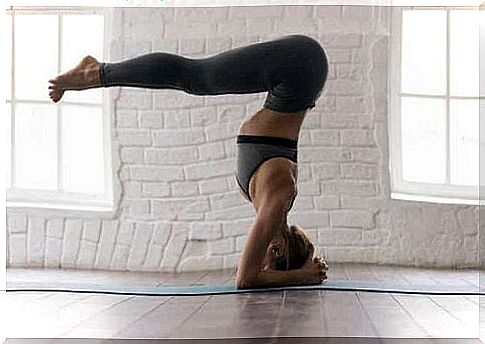
If you suffer from osteoarthritis, yoga is a complementary therapy that you can consider as an alternative. But yoga can not replace the treatment your doctor recommends.
It is best to seek out a professional instructor who has experience working with people with similar symptoms. You should also ask your doctor what exercises you can perform.
On the other hand, remember that yoga includes three aspects that we must take into account in order to achieve the greatest benefit :
- Consciousness and breathing techniques
- Strength, flexibility and balance movements
- Relaxation and meditation
In the same way as with any other exercise, yoga training should begin slowly and remain gentle until you feel your body warm. Therefore, it is important to make sure to warm up first.
Finally, it is important that you listen to your body and pay attention to the signals. If you feel pain or discomfort, it means you should quit. The idea is to reduce pain and improve your quality of life, not the other way around.
